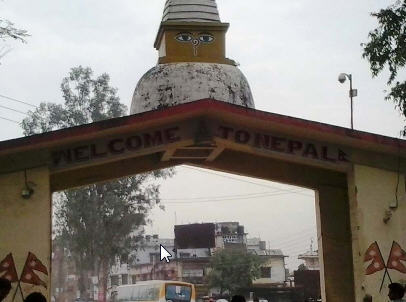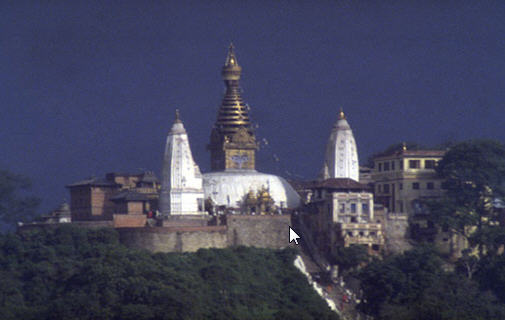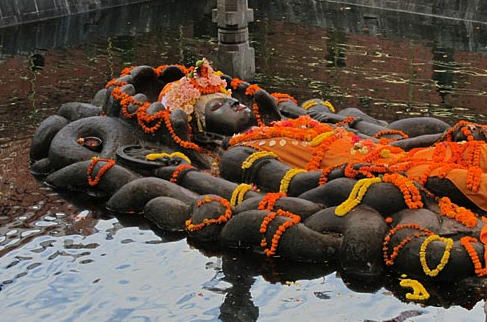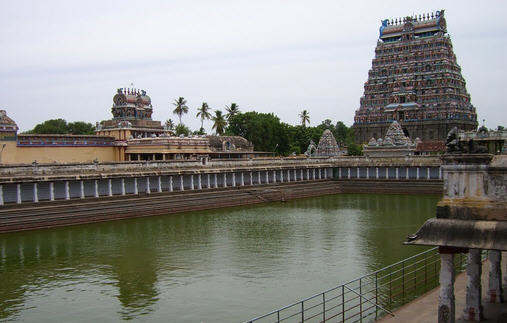
Some say that name Nepal comes from age old name “Nyaya pal” means a place where both ruler and subjects diligently followed all rules and regulations enjoined in scriptures.
Also Nepal is said to be so named after a great king “Ne” who was the son of Marichi and ruled this tract of land. Just like Bharat got its name after the name of King Bharat, son of Rishabdev, so was in case of Nepal too.
Nepal has many facets. It is crowned by Himalayas, the highest mountains in the world. It has an extremely intriguing culture which passed on through generations across centuries. Amazing landscape, impressive scenic views, evocative palaces and museums, sacred religious places, thrilling adventure activities, Nepal seems to have it all.
Known as the Land of Everest, Nepal is a developing country with extensive tourist facilities. Cited below is a table on the important facts of Nepal.
Name of the Country – Kingdom of Nepal
Area – 140,800 sq km
Population – 23 million (2001 census)
Capital City – Kathmandu
People – Hindus, Newars, Tibetans, Gurungs, Magars, Tamangs, Rais, Limbus, Sherpas
National Language – Nepali (Khaskura)
Other Languages – Awadhi, Newari, Hindi, Bahing, Limbu, Maithili, Mundari
Tourist Language – English
Religion – Hindu
Government – Parliamentary Democracy & Constitutional Monarchy
Major Industries – Tourism, Handicraft, Agriculture and Water Resources
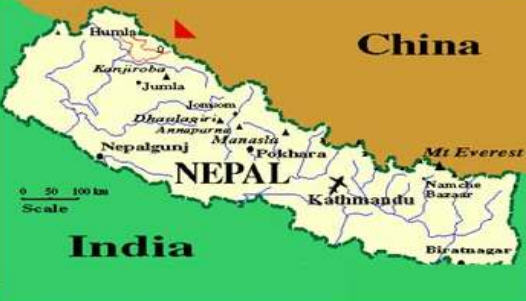
Nepal, a sovereign independent kingdom, (between 80° 4′ and 88° 12′ East longitude and 26° 22′ and 30° 27′ North latitude) is bounded on the North by the Tibet Autonomous Region of the People’s Republic of China, the East-South and West by India. The length of the kingdom is 885 kilometers east-west, and it’s breadth varies from 145-241 kilometers north-south.
The country can be divided into three main geographical regions.
(a) Himalayan Region : The altitude of this region ranges between 4877 m. – 8848 m. m. It includes 8 of the highest 14 summits in the world which exceed altitude of 8000 meters including, Annapurna, Dhaulagiri and others.
(b) Mountain Region : This region accounts for about 64 percent of total land area. It is formed by the Mahabharat range that soars up to 4877 meter and the lower Churia range.
(c) Terai Region : The low-land Terai occupies about 17 percent of the total land area of the country.
There are 58 cities in Nepal, which are also listed as municipalities. Kathmandu, which is the capital city of Nepal, is the largest city. The major cities of Nepal are:
» Kathmandu
» Patan/Lalitpur
» Bhaktpur
» Pokhara
» Tansen
» Gorkha
» Chitwan
» Lumbini
» Janakpur
